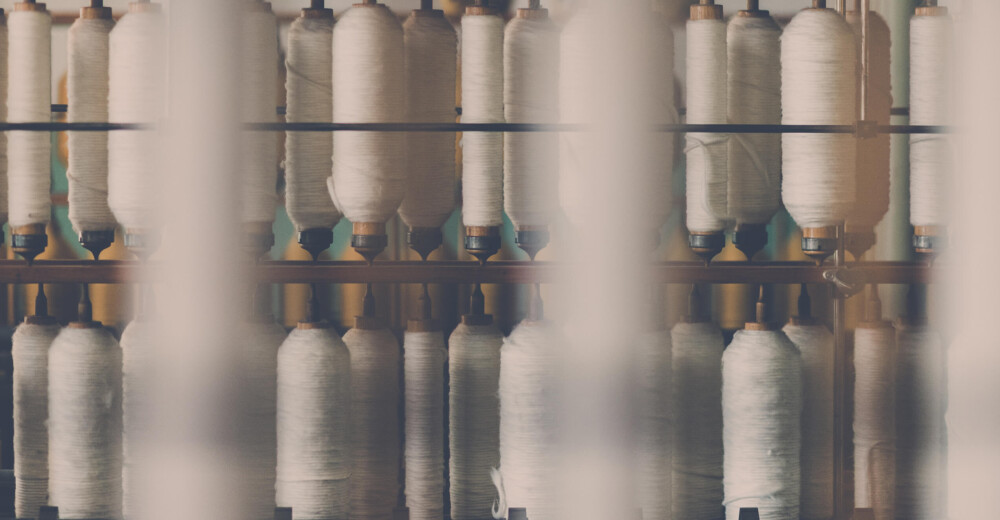
September 29, 2017
Microfibre or Cotton Bedding?
As you might suppose, both microfibre and cotton bedding have advantages and disadvantages. Knowing what they are will help you make the smart choice for your property.
Of course the quality of each matters a great deal, high-quality cotton is virtually always preferable to low-quality microfibre, but assuming roughly equal quality, hotels find that microfibre bedding is longer-lasting and more cost-effective, while cotton is usually more comfortable, especially during the hot season.
Probably the greatest advantage of microfibre bedding, in fact, is that it lasts much longer than cotton bedding. Properly cared for, it can last for years. It stands up to washing better than cotton does and maintains its shape well.
But you probably have cotton sheets and bedding at home because, speaking frankly, it’s more soft and comfortable than synthetic fibre bedding. It’s also easier to clean stains off cotton than synthetic fibre and it’s more resistant to pilling.
But cotton bedding does tear more readily, it fades in the wash faster and it wrinkles, requiring time-consuming ironing. Microfibre bedding can tend to feel way too warm during the hot season and it pills faster than cotton bedding, but it’s also far less prone to wrinkle and it keeps its shape well over time.
Static electricity is an issue with microfibre bedding but not with cotton. Guests with sensitive skin will usually prefer cotton to microfibre as well.
And, bottom line, cotton bedding is more expensive than microfibre. If you’re running a luxury hotel, such concerns are not as important to you as perfecting the overall guest experience, of course, but for most hoteliers, there is a trade-off between cotton and microfibre that needs to be considered.










